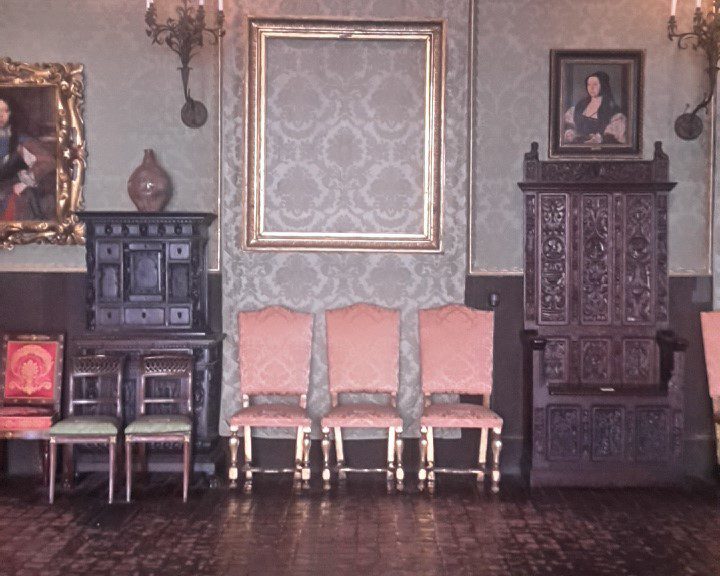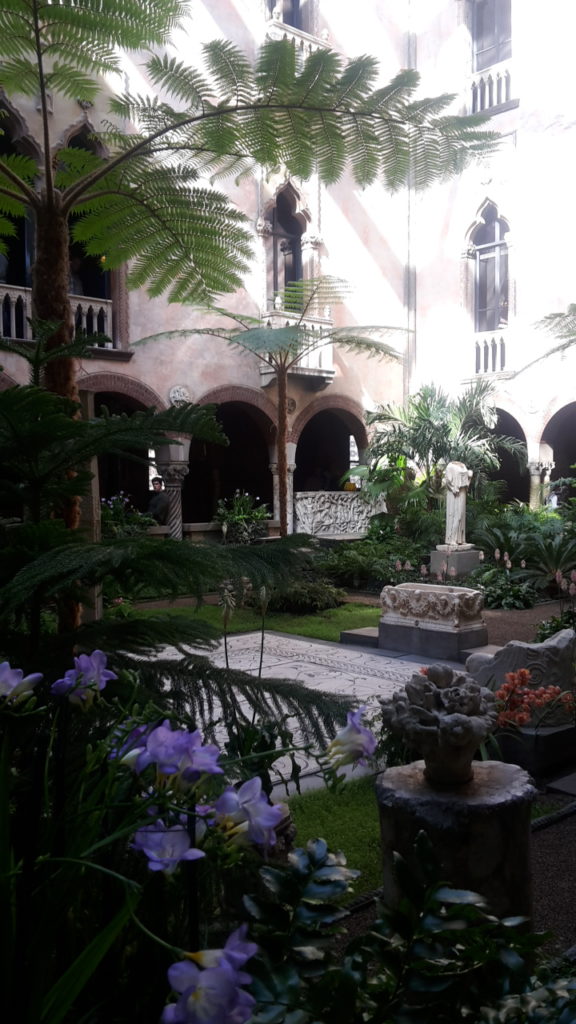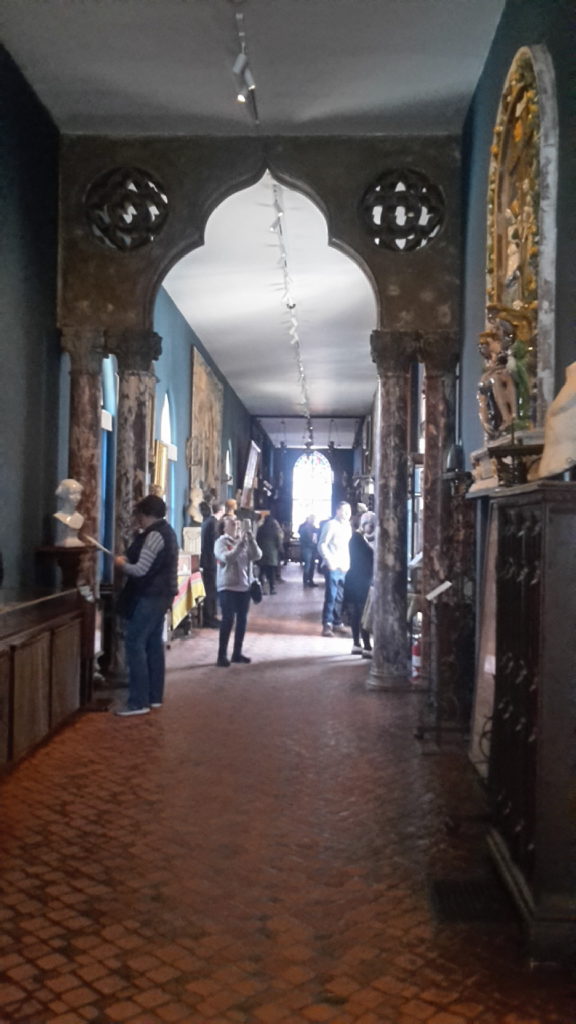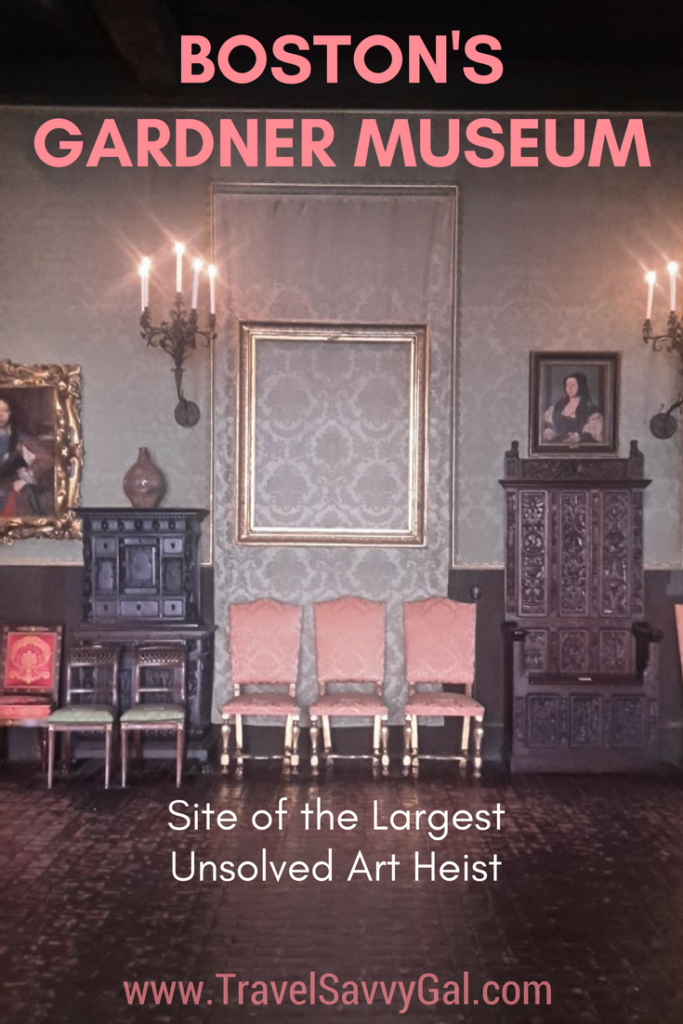
Visiting the Site of the Largest Unsolved Art Heist: Boston’s Gardner Museum
This Saturday marks the 27th anniversary of the largest unsolved art heist, which took place on March 18, 1990 at the Isabella Stewart Gardner Museum in Boston, Massachusetts. I can’t help but be swept up in a great story, and the details behind this art theft smack of any literary thriller that’s ever consumed you. That’s in fact how I first learned about it – from reading one of the many books that has been published in the nearly three decades since the theft.
The Heist
The art heist at the Gardner is unusual in several respects. Of the 13 works of art that were stolen, they were not all the most valuable pieces of art at the museum, although their cumulative value tops $500 million. It is even questionable what kind of art expertise the thieves possessed, as some of the paintings were carelessly slashed from their frames. The haul is also a mix – some famous paintings (including Rembrandt’s only seascape), sketches by Degas, and even the eagle from the top of a flagpole. The Gardner Museum has a page on its website with the details of the theft for the perennially curious, including a list of all of the missing artwork and even a virtual tour. And who to contact if you have any tips 😉
What made the heist so successful? For one, the thieves posed as police officers, under the guise of replying to a previous call at the museum, a clever way to establish authority. Is is that the security guards on duty did not follow protocol? The men posing as officers were allowed entry to the secure area, and then were able to lure both guards away from their post and the only alarm button. The guards were restrained, and the theft was only first discovered when the morning security guards arrived to start their shift, giving the thieves ample time to make their escape.
In the years since the theft, detectives believe they have come close to the artwork, with rumors leading them to many places from Philadelphia to Miami to Corsica, a French island in the Mediterranean. Not a single piece of art has been recovered yet, which is unusual for a heist of this size and also for the amount of time that has elapsed since the artwork went missing. The reward leading to the stolen works has been increased over time and now stands at $5 million, although it’s unclear whether investigators are actually any closer than before to solving this mystery as the next anniversary looms.
The Museum
Visiting the Gardner Museum was not my reason for visiting Boston, but was an outing I just could not resist. And while admittedly the art heist was the impetus for going to the museum, there was a world of wonder and whimsy I discovered there that make the museum worth a visit, regardless of whether the artwork is recovered someday.
Isabella Stewart Gardner was a bit of an eccentric heiress who founded the museum after her husband’s death in the late 1800s. One insight into her playful personality is the structure for discounted or free admission to the museum that persists to this day. There are of course some of the typical discounts, for students and teachers and museum pass holders.
So what are some of the less typical ways to get discounted or free admission?
- If you’re named Isabella, there is lifetime free admission (once you register on their site here).
- Admission is free on your birthday.
- There is a discount for wearing paraphernalia of the local baseball team, the Boston Red Sox.
Unfortunately I didn’t qualify for any of these (and I’m a lifelong New York Yankees fan, division rivals of the Red Sox), but if you’re named Isabella or it happens to be your birthday, you’re in luck!
In any case, once you have a ticket in hand you proceed to the courtyard, an incredible space that really sets the tone for the rest of the museum. It feels like you’ve stepped into the interior of a European villa, with the columns, greenery, and large central mosaic. Almost everyone, including me, stopped in their tracks to take in this peaceful space. Some stayed and lingered on the bench surrounding the garden space, while others popped in and out of the surrounding rooms, returning for a few moments to appreciate the garden in between. As you enter the museum rooms, all of which are clustered around the central courtyard, the view outside morphs ever so slightly, especially on the higher floors. And for me, as I entered each new space, my eye was initially drawn in the direction of the courtyard, observing the new perspective and angle of the sunlight. This experience was certainly part of the museum’s design, and provides continuity and a sense of space throughout.

Isabella also had a clear vision for how she wanted the art to be displayed for the public inside the rooms, from the floor coverings to the ceiling to the furniture to the artwork. She took a holistic view on the curation of the pieces and how they were displayed in the various rooms and levels of the museum. When you enter each space, it has a distinct feel. Some are crowded, while others are sparse. Some are dark-paneled and regal, while others have sunlight streaming in and have a light, airy, open feel about them.

Isabella Stewart Gardner collected much of the art during her international travels, hence the European feel of many of the spaces. The building housing the museum was commissioned to be in the style of a famous Venetian palazzo – the style of buildings typical along the Grand Canal of Venice, Italy. Isabella even hand-arranged the Spanish tiles in one of the open-air spaces off the courtyard, and her direct hand in the museum is apparent throughout. She saved her correspondence with famous artists and composers of the day, and there’s even a case featuring letters from some of the first American presidents that she acquired over the years. In fact, Gardner was so particular that the permanent exhibition cannot be significantly altered, a provision that has made the aftermath of the heist particularly visible because no other artwork can be put in place of the pieces that were stolen.

Another highlight of the museum for me was the temporary exhibit currently on display until September called Listen Hear: The Art of Sound. Since the permanent exhibit can’t really be changed per Isabella Stewart Gardner’s explicit wishes, including special exhibits is a wonderful way to enhance the art already on display and be able to interact with it in new ways. Some of the sound exhibits are meant to align with the artwork in certain rooms, or to represent specific pieces that were stolen, like Vermeer’s The Concert. In the courtyard, one of the exhibits emits sounds meant to imitate the insects that are absent from the garden, providing the background noise that is normally missing. In another ground floor space is an intricate series of small sculpted glass orbs, some of which have been filled with different colored liquids, from tea to olive oil. Embedded in the sculpture are sensors, and as you walk underneath the sculpture or wave your hand nearby, cascading sounds are emitted. I was a bit mesmerized by this one, and spent quite a bit of time staring and playing.

You can’t help but have fun visiting the Isabella Stewart Gardner Museum, and from everything I’ve learned about the woman, that is exactly what Isabella always hoped for.

Have you visited the Gardner Museum? What part of the experience stands out for you?
Like this post? ‘Pin It’ for later on Pinterest!

2 thoughts on “Visiting the Site of the Largest Unsolved Art Heist: Boston’s Gardner Museum”
Great post on a place dear to my heart. You really capture the whimsy of the museum. Fun fact: Italian architect Renzo Piano (who studied at Milan’s Politecnico) designed the recent extension– and who else?!
Thanks so much, Lauren! It’s the hugest of compliments that your reaction to reading this post is that I’ve captured a place you love well. And thank goodness they brought in an Italian to work on the extension – otherwise it just wouldn’t have been the same experience, I’m sure 😉